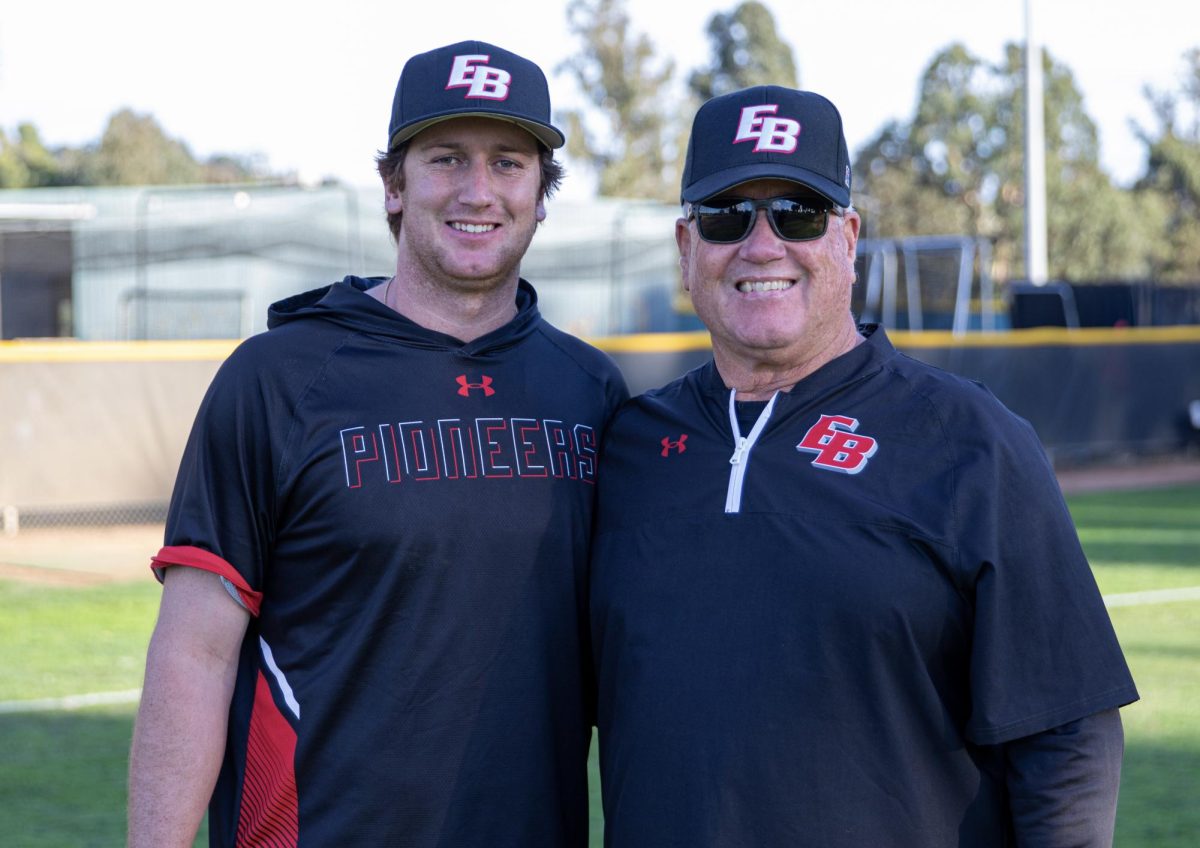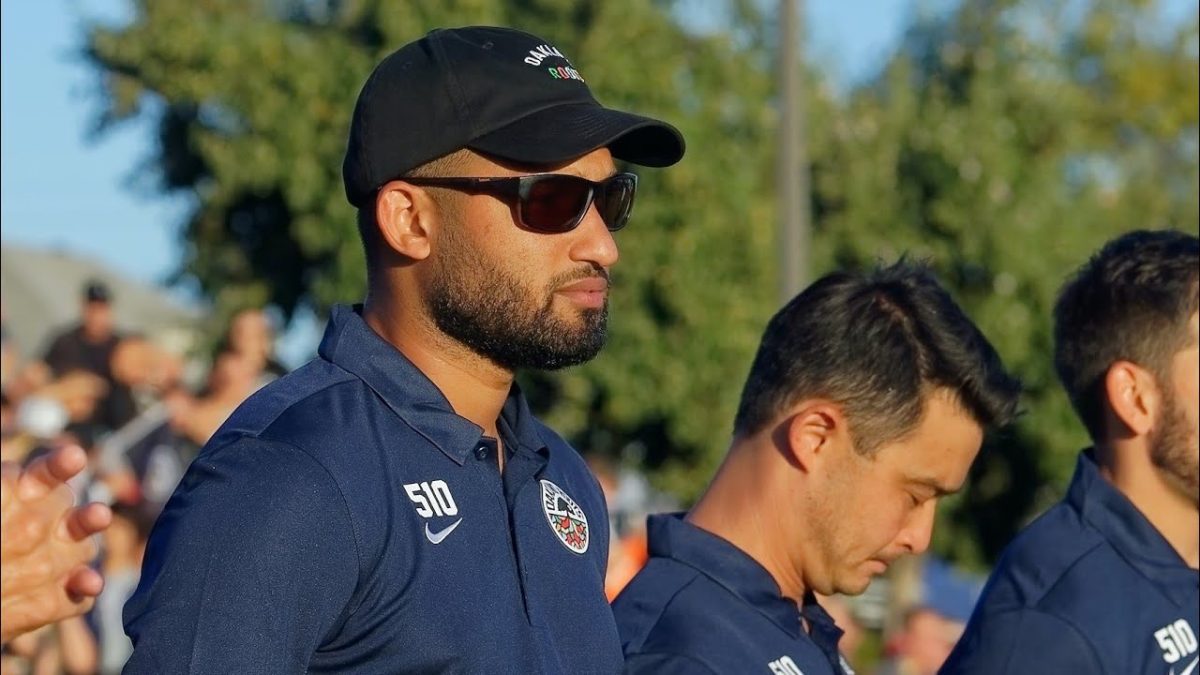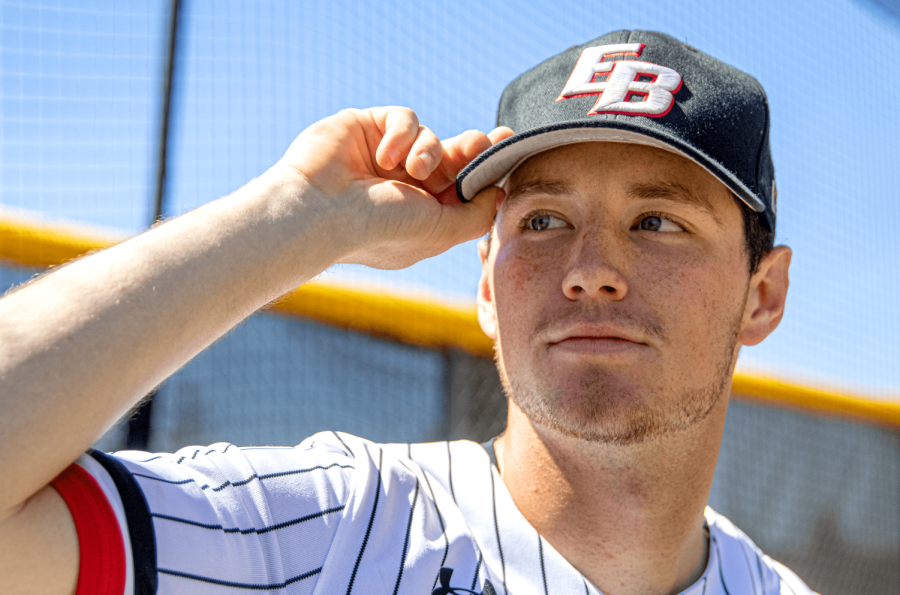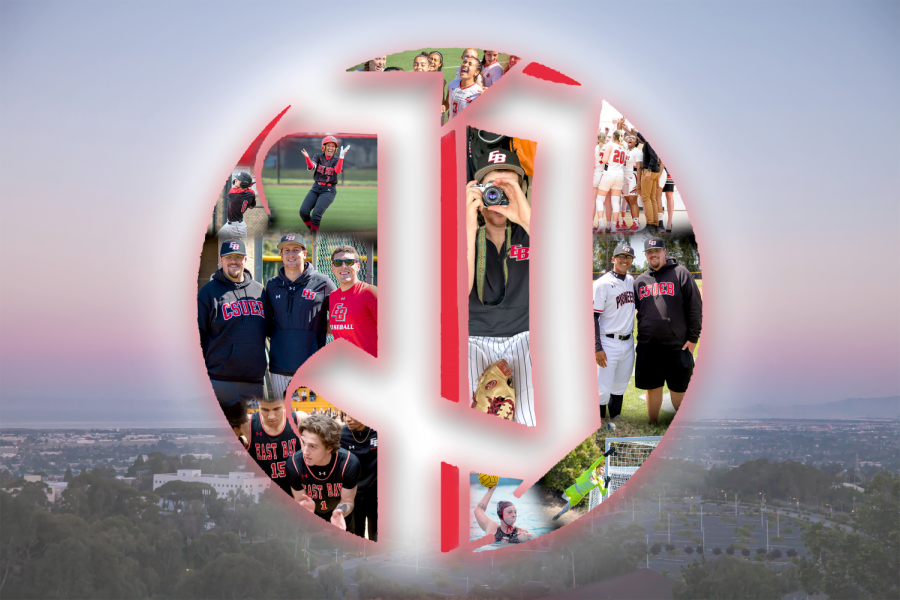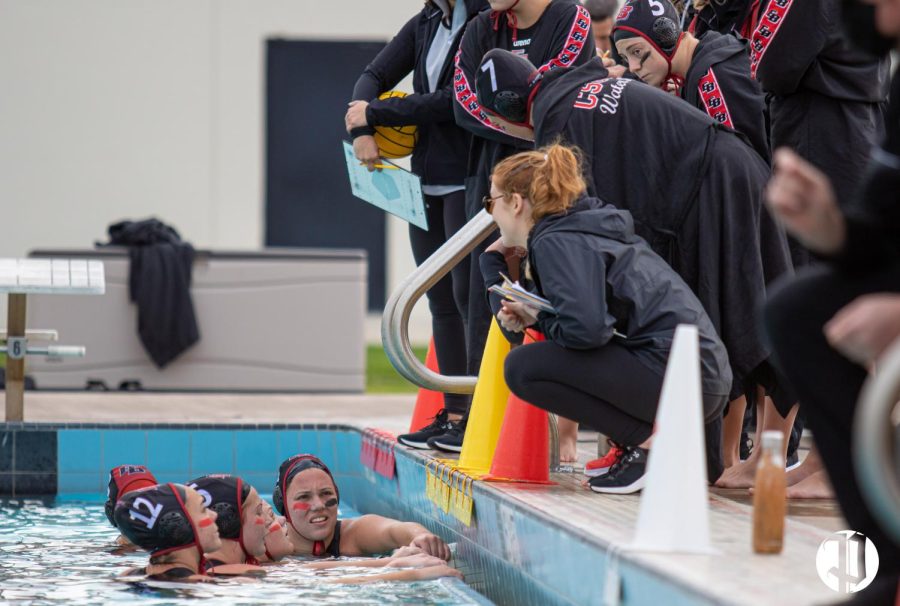Another bracket is playing out in the NCAA tournament, where the best of the best advance from one week to the next. Those left standing in this contest—as with Connecticut, Kentucky, Butler and VCU—are among the nation’s best, too.
Officials “advance” through the tournament similar to the teams in the field. The officials who work Saturday’s national semifinals and Monday’s championship game earned higher marks than their peers through the course of the regular season and the NCAA tournament.
The scores for officials aren’t kept on the scoreboard, though. Instead, a 62-year-old former basketball official watching games from the studios of Turner Broadcasting in Atlanta is the one making the calls.
John W. Adams is in his third year as the NCAA national’s men’s basketball officiating coordinator, and in the interest of more transparency, Adams has been more visible and responsive through the tournament. For example, he publicly acknowledged an error near the end of a third-round tournament game between Marquette and Syracuse and went on camera to explain the officiating in the final seconds of Butler’s second-round upset of Pittsburgh.
Unlike in the past, the NCAA on Tuesday released the names of the officials selected to work the three Final Four games. The list includes 10 officials _ three for each game and one alternate. Eight of the officials have worked a previous Final Fours, and John Cahill was selected to work his 10th Final Four.
Six of the 10 worked this season’s Elite Eight; the other four, including Cahill, worked Sweet 16 games.
Game assignments for the first semifinal will be announced an hour before tip-off of that game. Assignments for the second semifinal will be announced at halftime of the first game, and the officials for the national championship game will be announced an hour before that contest. No official works more than one game during the weekend.
Adams describes the selection of officials as a meritocracy _ the officials for the Final Four and the title game, he says, are among the best of the best this season.
“In order, officials must first get the plays right, communicate effectively and not excessively manage the game,” Adams said.
Fitness and an ability to keep up with the game physically also is one of the keys in selecting officials.
Adams was an on-court official until age 40, when a knee injury prevented from running the court. He went on to become the coordinator of officials for the Horizon League and in Division II and III. He also continued a career in real estate before taking the NCAA job full-time.
Through the season, each officiating coordinator for the 31 Division I conferences sends Adams a list of officials likely to work their league tournament. With four regional advisers _ retired coaches and officials _ Adams whittles the list from 350 to 150 by February after watching about 300 games in person and more on TV or DVR.
By March, that list was cut to 98 officials, plus eight alternates, who were recommended to the NCAA men’s basketball committee to work the tournament. The basketball committee accepts nearly all of the recommendations from Adams and his team.
Unlike football, basketball has regional rather than conference-based officials. Only about 50 officials do this as a full-time job, but there is a group of 650 officials who work three-quarters of the Division I games. Up to 1,000 officials work at least three games a year. Officials are independent contractors who work for a handful of conferences and can officiate up to 90 or so games a season.
While the head of NCAA football officials assigns neutral crews to each bowl game, basketball does not have the same luxury in its postseason. Because officials often move from conference to conference, neutral crews are nearly impossible. Instead, Adams and his team try to achieve balance.
“When we put a crew together, we want all three to be neutral or some combination that is balanced between conferences,” Adams said. “We’re satisfied just so long as one team doesn’t feel one or more of the officials have a level of familiarity with one team or the other.”
Of the officials who work the First Four and the rounds of 64 and 32, 36 advance to the regional semifinals and finals. Adams selected the 10 officials for the Final Four from the group who worked the regionals.
Officials advance through the tournament as individuals, not as a three-man crew. In fact, none of the officials in the Elite Eight worked together in any earlier round.
While teams advance game-by-game, officials advance by weekend. For example, only one of the officials in the Elite Eight also worked in the Sweet 16. But all of the officials in the regional finals worked games in the round of 64 and 32.
Advancement isn’t based solely on performance in the tournament. The official’s body of work for the season is weighed as well. An “A-plus” official won’t necessarily be eliminated because of a bad call or two in the NCAA tournament. Likewise, the last official might not “advance” to the second weekend for flawless work in the first. Essentially, there are no Cinderella stories for NCAA tournament officials.
“You might expect to see more national, more recognizable levels of officials in the Sweet 16 and beyond,” Adams said. “It would be rare for an official to be judged on one or two plays in a game.”





